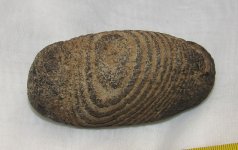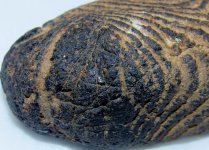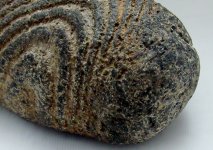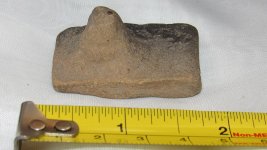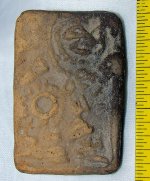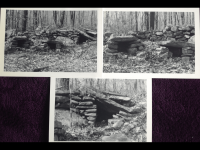diggummup
Gold Member
- Jul 15, 2004
- 17,824
- 10,134
- Detector(s) used
- Whites M6
- Primary Interest:
- All Treasure Hunting
Sites like these on the internet. https://ancientstoneart.blogspot.com/p/did-you-know-that-native-americans.html
Look it's a head! Ridiculous.

Now for my rock, lol!
At least this rock is interesting. I still haven't figured out whether it's natural or carved. It was posted in the Rocks and Minerals board but the consensus was natural or not sure from the few who did reply. I don't know. It was in a collection of Mixtec artifacts that I purchased.
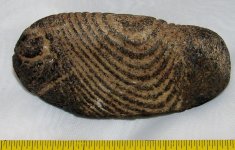
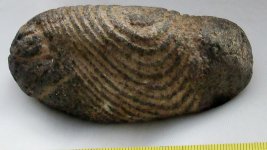
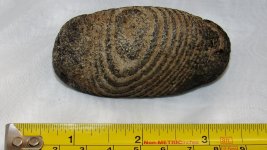
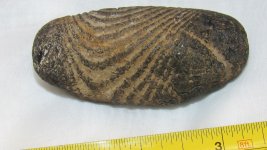
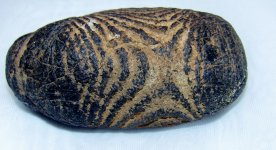
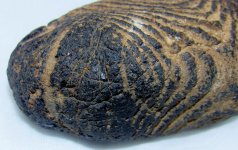
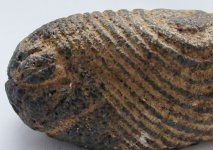
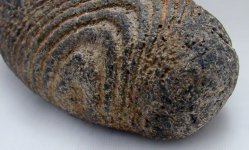
Look it's a head! Ridiculous.
Now for my rock, lol!
At least this rock is interesting. I still haven't figured out whether it's natural or carved. It was posted in the Rocks and Minerals board but the consensus was natural or not sure from the few who did reply. I don't know. It was in a collection of Mixtec artifacts that I purchased.








Attachments
Last edited:
Upvote
0


